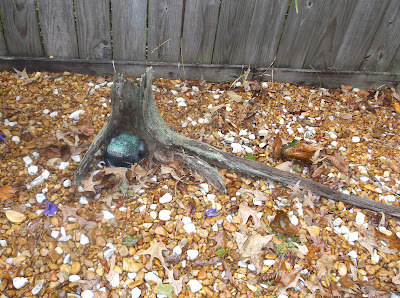An early morning walk
along the road running parallel to the tailrace had me anticipating numerous
hookups with the recently stocked rainbow a few weeks ago. In fact, I was so
confident that had tied on my favorite nymph I usually fish early in the
morning here with great success. Low humidity and a slight breeze made it seem
a little like the approaching fall, which is some months away, but it doesn’t
hurt to wish. As I approached the water's edge I stopped to survey the area and notice as usual there was no surface
activity to have me wishing I had tied on a dry. I begin working my usual
spots with no success, so time to start experimenting with other patterns. I
don’t know about you guys but after about 15 to 20 minutes of one pattern with
no success, I change flies and tactics. It is now 9:30 and no takes after over an hour of fishing numerous
patterns. I continue to work my way up the gouge, fishing some familiar places
and some I haven’t tried this season. I kept noticing a few rainbows every 15
to 20 minutes breaking the surface but not actually feeding on top. I had seen
this before here and knew that the nymph and dry were not the flies I needed to
use to make a connection. So what next, I am now well
into my second hour with no trout landed and still trying to beat the skunk. I
knew I had to go with a pattern that would just break the surface and at the
same time stay up high in the water column. My logical choice was a red soft
hackle fly size 12. I don’t know the exact name of the pattern, but I had
fished it in similar situations here before and had success. It is getting close to
lunch and with more confidence and my new red hackle fly, I begin casting upstream and letting the fly slowly drift back over trout I continue to see feed
subsurface. A few missed takes made me work even harder to touch my first trout. Some of you may see where this is going, and say he found the magic
fly that finally proved to be the charmer, not so. I gave the fly it’s more
than fair share of making a connection but to no avail. I’m one to never give
up on solving the lockjaw problem of fish on certain days, so I had one last
thing I wanted to try before the generations were turned on and I had to call
it a morning.
With an occasional trout
still feeding subsurface, I decided I would tie on another soft hackle pattern
size 18 brown color. I started working
the fly but was having trouble getting the fly to touch the water in a
delicate mode, so I changed tippets to a 7X which gave me a much better
presentation. Not to panic, but a glance at my watch showed me I only had roughly
20 minutes left before the generators would start gushing walls of water down
the gouge. With the generation time schedule on my mind, I begin working the
little brown hackle above a couple of trout that was still in subsurface mode.
I figured if I was lucky enough to land my elusive trout today I had at least 250
yards of space between me and the huge wall of water that might take me under. As time ticked away I kept trying to land my
one trout that would keep the skunk off my back for the first time on the Sipsey.
With ten minutes left I saw another trout come up and barely break the surface.
I had to move a little downstream to make a cast that would give me a decent
drift that hopefully would get its attention. I made a long cast that sent the
fly across the tailrace waters. As the fly drifted over the area where the trout
had broken the surface total silence from the trout below. A few more cast left
I assumed before the horn sounded; surely one more cast would get me my lone trout
for the trip. It was not to be, the horn sounded and sent me moving out of the
water and to safety up the bank.
Today was my first skunk
day on the Sipsey, and I’m sure a few of you guys have experienced the same
type of trip. As I walked back to my truck I kept wondering what I could have done
differently to land just one trout. So I thought I would put the question to
you guys, what pattern would you have used on a day with subsurface feeding,
clear blue skies, and a slight wind coming from all directions at times?






















































